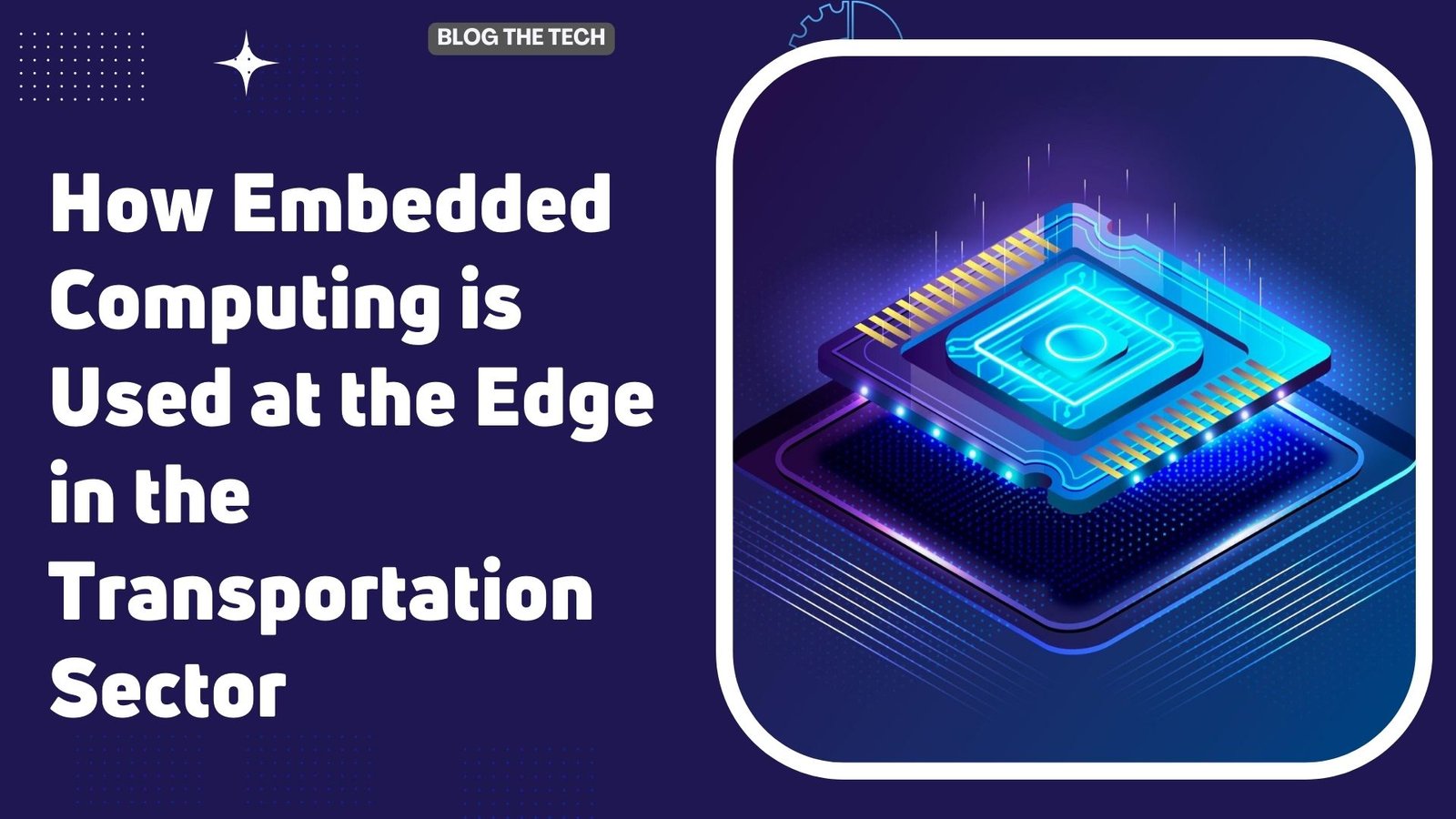The transportation sector is responsible for moving goods and people on time and efficiently. To manage this, good infrastructure and technology are necessary. Particularly, the transportation sector needs durable, robust computing systems that can withstand harsh environments while managing all the required functions. That’s where embedded computing comes in handy.
What is Embedded Computing?
Embedded computing refers to various computer systems that combine for a specific function. They work well because they tend to run on less power, can be built to meet particular specs, offer fast operations, and work well in rugged conditions. As such, many industries use embedded computing, including the automotive, healthcare, and – of course – transportation sectors. Embedded computing systems like things-embedded.com tend to offer embedded PCs, components, and systems to meet requirements for these industries and more.
In the transportation sector, embedded computing often gets used at the edge, which means the network infrastructure is close to the particular transportation site. In turn, that means faster and more efficient data processing. So, how exactly is embedded computing used at the edge in the transportation sector? Read on to learn more.
Traffic Management
One of the most effective ways the transportation sector utilizes embedded computing is by using it for traffic management. With an excellent embedded computing traffic control system, sensors and algorithms can analyze data in real-time and adjust traffic signals accordingly. In turn, this creates a more efficient traffic flow, ensuring the reduction of traffic jams and increasing safety on the roads.
Automated Driving
AI and in-vehicle computing has made autonomous vehicles possible. Edge computing makes it more cost-effective and efficient. That’s because edge computing can process a lot of data on the go, including hazard detection and temperature control, ensuring a quick response rate. As a result, automated driving has become safer and more reliable.
Surveillance
The transportation sector also uses embedded computing systems for increased surveillance of fleets. Fleet management requires tracking fleets to ensure optimized routes, increased safety, and performance monitoring. With an embedded computing system, this is more easily managed, with designs that track and monitor vehicles in real-time.
Data Storage
Edge technology allows the transportation sector to store data nearby securely. For this to work effectively, embedded computing often reaches industrial grade, meaning that the system can withstand a range of harsh environments. With the transportation sector often experiencing high levels of shock, vibration, and heat, this is especially necessary.
In Summary
The goal of embedded computing is to create efficient and effective systems that are reliable and easy to use. That is why it’s so popular in the transportation sector – and industry where punctuality and reliability matter more than anything. With a high-quality embedded computing system controlling things like surveillance, autonomous vehicles, and traffic control, there is more efficiency and safety all around. Plus, if you station that system at the edge, this can be done for a lot less horsepower, which also saves the transportation sector a lot of money.





